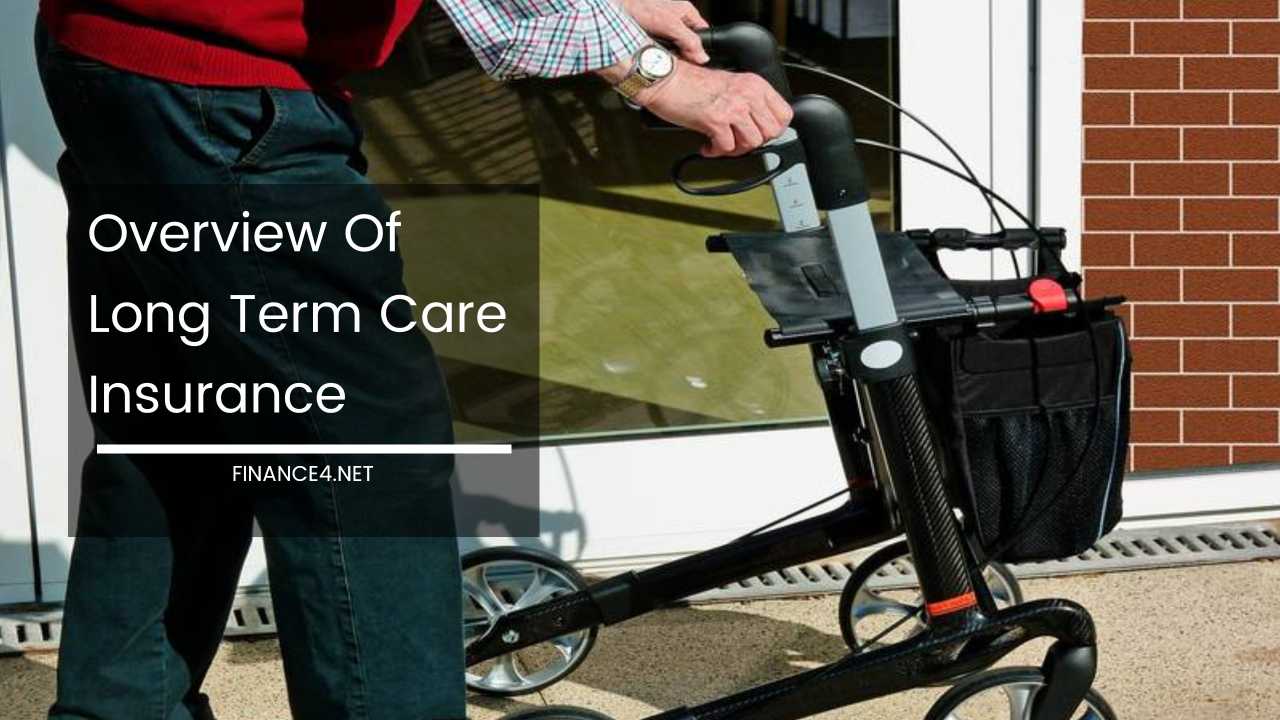Protecting Everything You Own With Home Contents Insurance

Fortifying Your Fortress: A Comprehensive Guide to Home Contents Insurance
Imagine the sinking feeling of returning home to a ransacked living room, the remnants of a burglary scattered across the floor.
Or, picture the devastation caused by a sudden storm, your furniture upended and electronics shorted. These scenarios, while unsettling, needn’t lead to financial ruin.
Home contents insurance acts as a shield, safeguarding the things that hold value and create a sense of comfort within your dwelling.
This guide delves deeper than just the basic understanding of home contents insurance, empowering you to make informed decisions and navigate the intricacies of securing your possessions.
The Sanctuary of Security:
- Tranquility in the Face of Adversity: Home contents insurance goes beyond the physical structure of your home. It protects the possessions that embody your life’s journey – the cherished family heirloom passed down through generations, the meticulously curated art collection reflecting your taste, or the top-of-the-line appliances that streamline your daily routine. With the knowledge that these valuables are covered in the event of unforeseen circumstances, you gain invaluable peace of mind.
- Financial Mitigation in Times of Crisis: Life throws curveballs. A fire can consume irreplaceable items, a break-in can result in the loss of electronics and jewelry, and natural disasters can leave a trail of destruction in their wake. Home contents insurance acts as a financial safety net in such situations. The insurance company reimburses you for the lost or damaged items, allowing you to focus on rebuilding your life without the burden of overwhelming financial losses.
- A Shield for All: The misconception that home contents insurance is solely for homeowners needs to be dispelled. Renters have an equal stake in protecting their belongings. Whether you own a quaint apartment or a spacious house, this insurance safeguards the things that make your living space your own.
Tailoring the Shield to Your Needs:
- Customization is Paramount: A one-size-fits-all approach doesn’t work when it comes to protecting your possessions. Home contents insurance offers flexibility. You can choose to solely cover the building structure, solely insure the contents within your home, or opt for a comprehensive policy encompassing both.
- Prioritizing What Matters Most: Not all possessions hold the same value. You have the power to prioritize coverage for specific items. This allows you to allocate a higher sum for high-value items like jewelry or musical instruments, while ensuring basic protection for the rest of your belongings.
Crafting a Comprehensive Inventory:
- Meticulous Evaluation: The first step towards effective protection is understanding the worth of your possessions. Dedicate time to meticulously evaluating your belongings, taking into account not just their monetary value, but also their sentimental significance.
- Categorization for Clarity: Create a detailed inventory list. Categorize your items by type (furniture, electronics, clothing) or by value (high-value collectibles, everyday items). This systematic approach ensures no possession is overlooked during the coverage selection process.
- Visual Proof: Some insurance companies recommend video documentation of your belongings. This serves as concrete evidence in the unfortunate event of a claim, expediting the reimbursement process.
Understanding the Scope of Coverage:
- Standard Safeguards: While home contents insurance offers extensive protection, it’s crucial to understand that there might be limitations. The policy might exclude certain types of damages or have a cap on the reimbursable amount for specific categories of items.
- Extending the Shield: For possessions with exceptional value, such as antique furniture or rare artwork, acquiring additional riders (optional extensions) on your policy might be necessary. These riders provide supplementary coverage beyond the standard policy limitations.
Maximizing the Benefits:
- Transparency is Key: Maintain open communication with your insurance provider. Discuss your specific needs, concerns, and the value of your possessions to ensure you receive adequate coverage.
- Accurate Valuation: Collaborate with your insurer to determine the appropriate coverage amount for each item. Providing accurate valuations is essential to ensure you receive the full reimbursement you deserve in case of a claim.
- Continuous Assessment: Life is dynamic. As you acquire new possessions or part ways with old ones, update your inventory list regularly. Inform your insurer about any significant changes in the value of your belongings to maintain optimal coverage.
Beyond the Basics:
- Comparative Analysis: Research different insurance providers and meticulously compare quotes. This allows you to find the most comprehensive coverage at a competitive price point.
- Understanding the Policy Wording: Don’t just sign on the dotted line. Take the time to thoroughly read and understand the policy document. Pay close attention to the terms, exclusions, and claim procedures outlined in the policy.
- Proactive Communication: If your life circumstances change significantly, such as inheriting valuable items or renovating your home, promptly inform your insurer.
Bolstering Your Defenses: Additional Considerations for Home Contents Insurance
Having explored the core aspects of home contents insurance, this section delves into further considerations to solidify your understanding and empower you to make informed decisions:
Specialized Coverage Options:
- High-Value Items: For possessions exceeding the standard coverage limits, such as precious jewelry, artwork, or rare collectibles, consider acquiring valuable items coverage. This specialized insurance provides tailored protection for these unique items.
- Flood Damage: Standard home contents insurance typically excludes flood damage. If you live in a flood-prone area, consider acquiring additional flood insurance to safeguard your belongings against this specific threat.
- Away-From-Home Coverage: Certain insurance policies offer extended coverage for belongings stolen or damaged outside your home. This can be particularly valuable for individuals who travel frequently with expensive equipment or jewelry.
Understanding Exclusions:
- Wear and Tear: Home contents insurance generally doesn’t cover wear and tear due to everyday use. It protects against sudden and unforeseen damage caused by insured perils like fire, theft, or vandalism.
- Intentional Acts: The policy won’t cover losses arising from deliberate actions of the policyholder or a member of the household.
- Valuable Documents: Important documents like passports, birth certificates, or financial records typically require separate coverage.
Making Informed Claims:
- Prompt Action: In the event of a covered loss, notify your insurance company immediately. Delaying the notification process can potentially affect your claim.
- Detailed Documentation: Maintain detailed records of the damaged or stolen items, including receipts, photographs, and police reports (if applicable). This documentation facilitates a smoother claim settlement process.
- Transparency and Accuracy: Provide accurate and complete information to your insurance company during the claims process. Withholding information or misrepresenting facts can jeopardize your claim.
Additional Tips:
- Security Measures: Implementing security measures like deadbolts, alarm systems, and fire extinguishers can potentially reduce your insurance premiums.
- Reviewing Coverage Regularly: As your life evolves, so should your insurance coverage. Regularly review your policy and adjust it as needed to reflect any changes in your possessions or living situation.
- Seeking Professional Advice: Consulting with an insurance broker can be beneficial, especially if you have complex insurance needs or require assistance navigating the different coverage options available.
Final Remarks:
Home contents insurance serves as a vital financial safeguard, offering peace of mind and protecting your cherished possessions against unforeseen circumstances.
By thoroughly understanding the various aspects of coverage, including customization options, limitations, and claim procedures, you can make informed decisions and ensure your belongings are adequately protected.
Remember, a proactive approach coupled with open communication with your insurance provider empowers you to navigate any unfortunate events with greater financial security.



